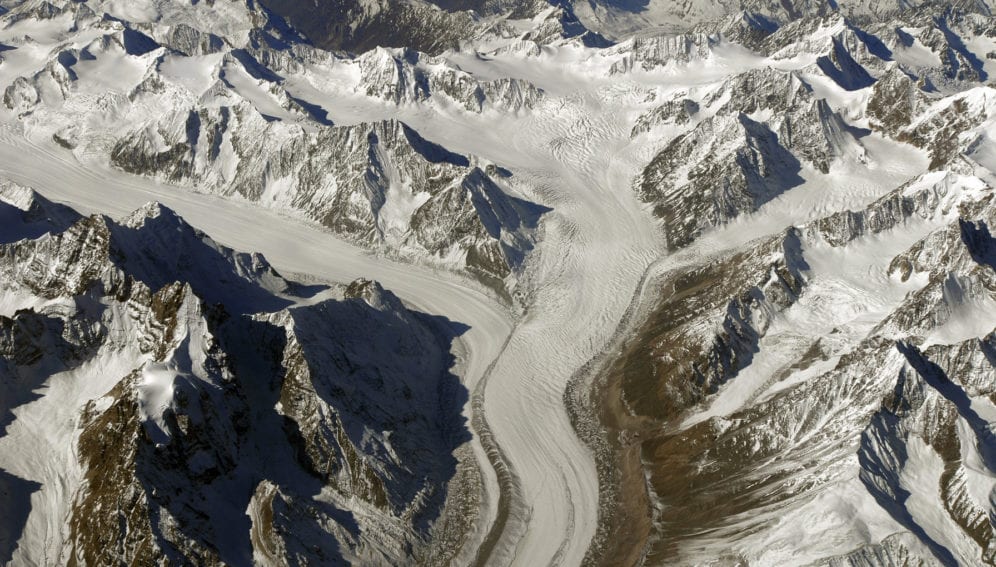By: Justin Petrone
Send to a friend
The details you provide on this page will not be used to send unsolicited email, and will not be sold to a 3rd party. See privacy policy.
A new study challenges the prediction that the Tibetan Plateau glaciers, which feed Asia’s biggest rivers, will disappear by 2035 due to climate change.
Scientists at the University of Gothenburg, detail in Global and Planetary Change, the findings of their study based on modelling water flows upstream of the Yellow, Yangtze, Mekong, Salween, Brahmaputra, and Indus Rivers.
They found that, in the coming decades, water flows in these rivers will either be stable or actually increase compared to the 1971—2000 period.
The findings are in contrast to a widely circulated 2007 International Panel on Climate Change report that forecast that the glaciers would vanish by 2035, threatening the water supply of millions of Asians. The IPCC in 2010 admitted that the claim was unfounded and based on a media interview, rather than a scientific study.
“Although that report was not very scientific, it showed that this is a big issue,” said Deliang Chen, a professor of earth sciences at the University of Gothenburg and a leader of the study. “It also showed how little we understand about the region, and was an indication that we need more scientific evidence.”
Together with partners at the Chinese Academy of Sciences and other researchers in China and South Korea, Chen’s team calculated different scenarios for the region’s rivers using 20 different global climate models for the 2011—2070 period.
“Evaporation increases when the temperature is higher,” Chen noted, “and this evaporation feeds the increase in precipitation.”
Though the increases in water flow of the Yellow, Yangtze, Mekong, and Salween rivers will be largely driven by the spike in precipitation, the increase in the Indus and Brahmaputra rivers will be due to glacial melt, says the scientists say. Runoff seasonality is expected to remain unchanged in the Yellow, Yangtze, Mekong, and Salween basins while earlier melt and a larger increase of spring runoff should increase water availability in the Indus irrigation basin in the spring season.
“Glacial melt is certainly going to increase — that we can see not only from our calculations but from people living there,” Chen said. Some of the increased precipitation will be in the form of snow, which will stored as ice in the glaciers, partially offsetting their shrinkage.
According to Ben Marzeion, a professor at the Institute for Geography, University of Bremen, the study’s findings are in consonance with recent literature. “In the last couple of years, several studies indicated that ‘peak water’ in high mountain Asia will probably not occur in the first half of the 21st century, but rather in the second half, or even later.”
He cautions, however, that precipitation is “notoriously difficult” to model, and that it is therefore “very hard to come to reliable conclusions about future precipitation change, even if it seems more likely that precipitation will increase in these regions.”
Chen warns that, despite the study’s findings, regional governments should take climate change and glacial melting seriously. “We don’t want to give them the impression that they don’t need to work on climate issues like cutting emissions,” Chen says. “In the longer term warming is still a concern because the glaciers and ice are not unlimited.”
This piece was produced by SciDev.Net’s South Asia desk.














